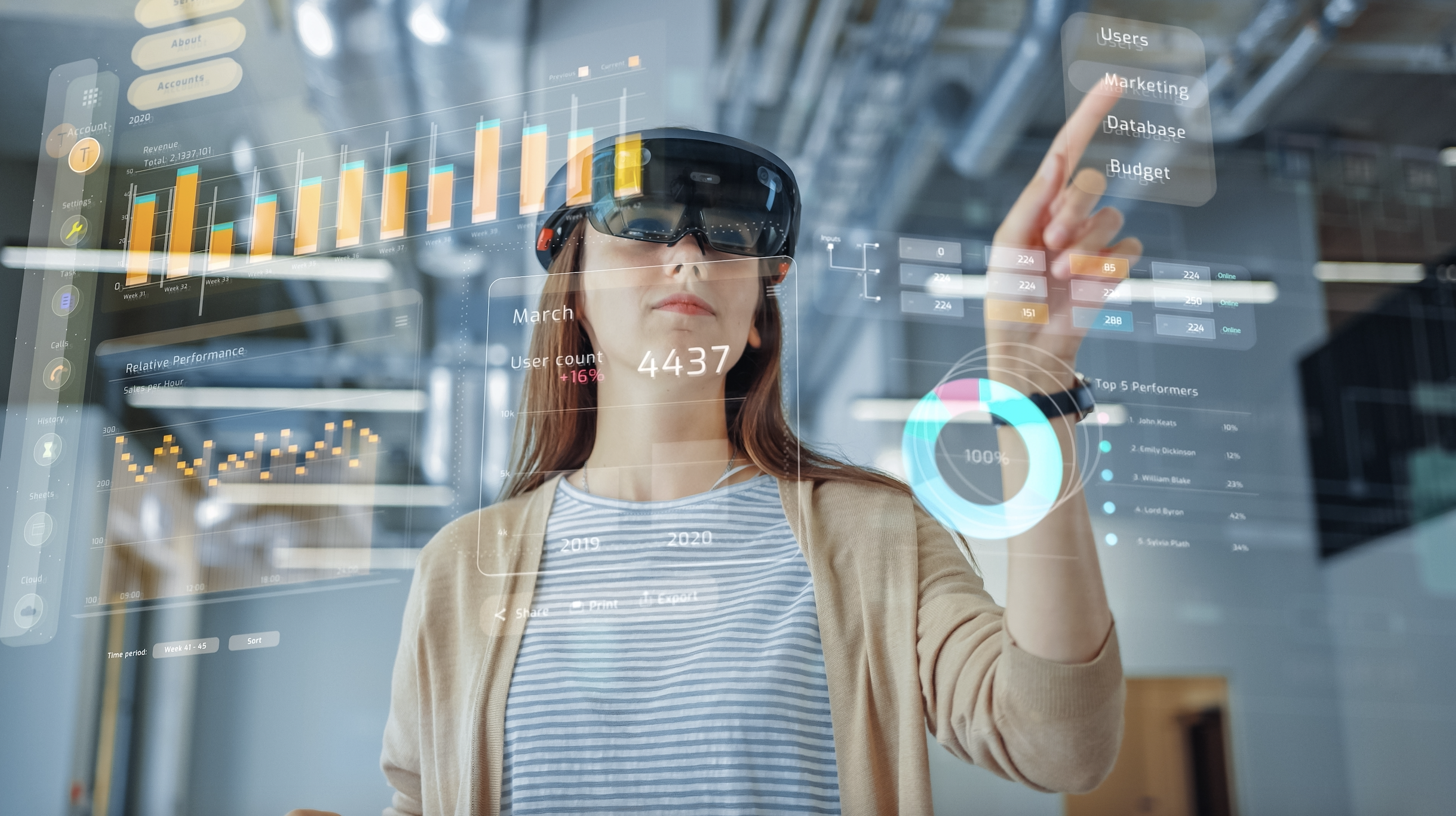Following a decade or so of heralding the 4th industrial revolution, it seems it’s time for a change in direction. This was certainly evident at last month’s Hannover Messe, the annual industrial trade fair – where talk of industry 5.0 was rife.
This next phase of industrial revolution sees humans working alongside advanced technology and AI powered tools to enhance factory processes. This more human-centric focus is something Sixth Sense is particularly interested in.
Joint winner of the last cohort, Castor, certainly agreed that it will become one of the biggest trends of the future. Telling us at the Sixth Sense Summit back in February, “We think the groundbreaking technologies are out there,” said Angeliki Malizou, Castor. What is needed are the tools that bring this to the fingertips of every engineer.”
Sixth Sense’s Milan Kocic agrees. “My view of the innovation in our industry is that humans are going to be an integral part. Anyone who tells you otherwise doesn’t understand how manufacturing works. You can automate many processes but when you have out of the norm situations, humans need to be around.”
While at Hannover Messe, Milan saw one company in particular that showed where industry might be heading: “I met a company called Rafinex from Luxembourg. They use AI and humans together to create regenerative design. So you ask Ai to design a component, it does loads of versions, then humans choose which ones to refine further. It’s an assistive process. I think by far the biggest revolution will be open AI assistance technology.”
Bringing advanced technology to the masses
To Castor’s point, and indeed evident at Hannover, the tools and the technology are there. It’s what we do with them next that matters. Part of this is ensuring people of all abilities can use them. In a world where skilled workforces are in high demand, democratising tools is essential if we are to bring everyone along on the journey.
Milan gives the example of 3D printers. “Ten years ago everyone was talking about having 3D printers in every home. Then we realised you had to be a CAD engineer to use one. But thanks to AI, you can now simply ask it to design something for you. Because tools are maturing, you no longer need specialist skills – suddenly we have this boom in democratisation.”
Sixth Sense was built around the idea that technologies, and indeed, humans, need to be working together to realise their potential. Now that democratisation is improving and we’re able to cast a wider net when it comes to finding the talent needed to operate tools, we turn to interoperability.
Connecting technologies to realise potential
“The technology and all of the components are there,” says Milan. “It’s also very evident that people still don’t know exactly what to do with this it. What does it all mean and how does it fit together? There was a lot of visualisation and collaborative tools at Hannover – what I don’t think anyone showed was a cohesive version of how it all fits together.”
For companies like Hexagon and its newest launch, Nexus – bringing these technologies together to reach the next level is key. The open innovation platform encourages bringing different technologies together to work as one – the best from the Hexagon portfolio and its partners – widening the network and working collaboratively.
Beyond technology, understanding where we go next and how technology intersects with society and the environment is an important element of Industry 5.0 too. “You can’t just assume innovation solves every problem without affecting society,” says Milan. “Humans play a big part in this story.”

